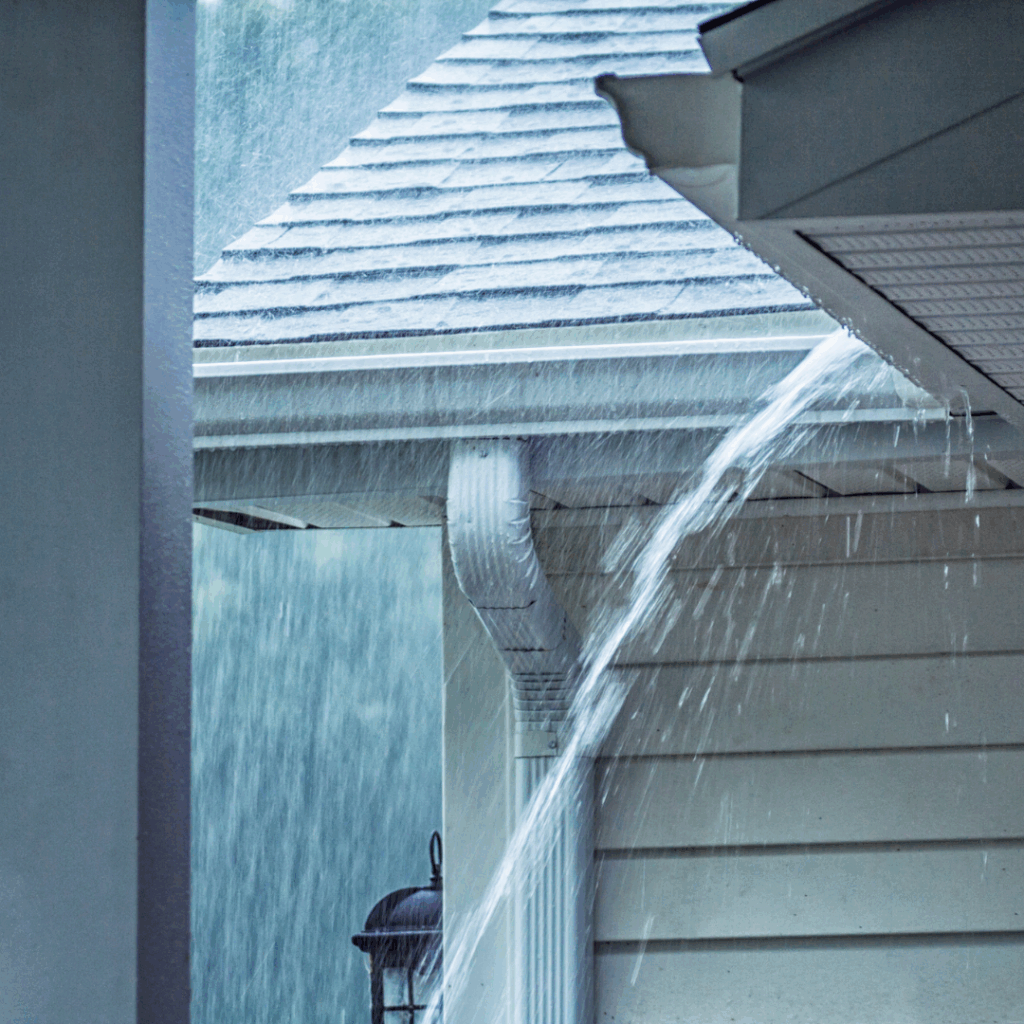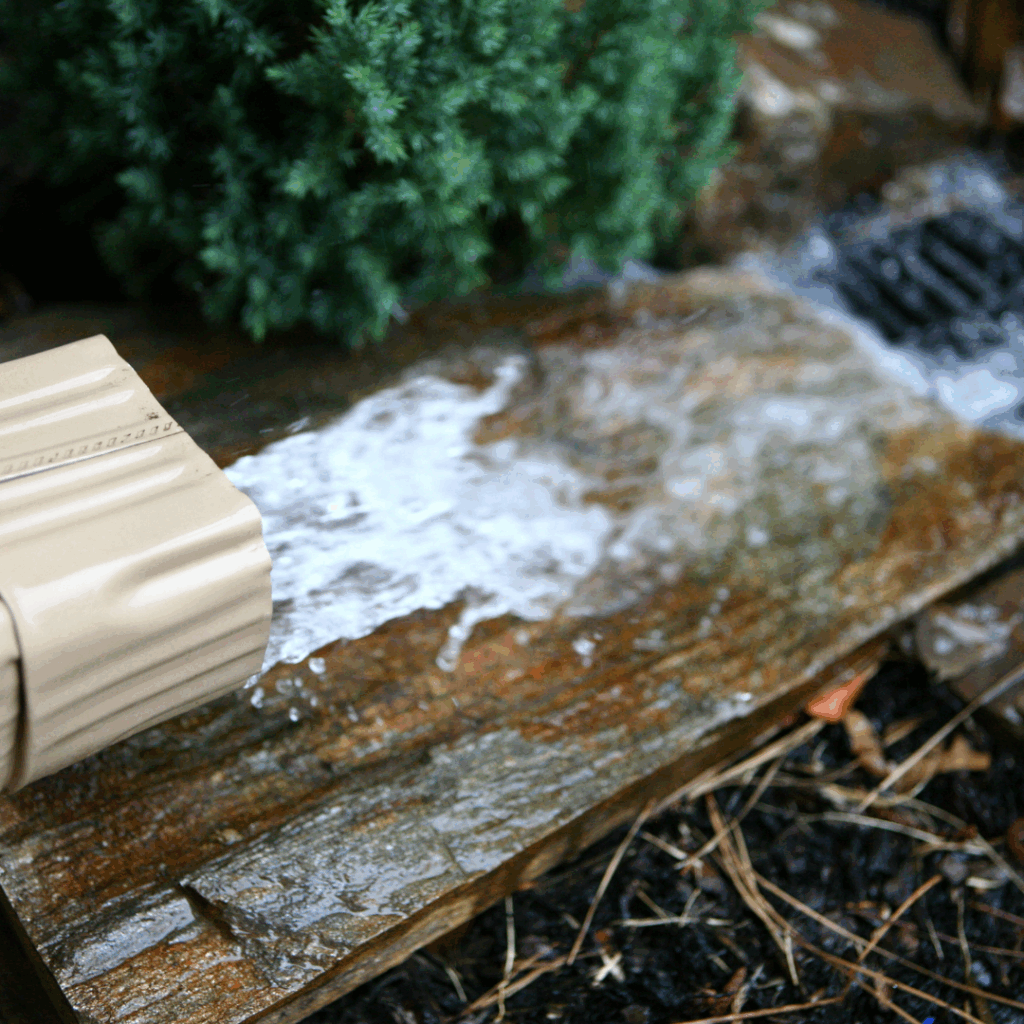Storms are unpredictable and often leave behind more than just puddles. Your gutters, essential for channeling water away from your home, can suffer significant stress and damage during heavy rain, wind, hail, or snow. While detached or visibly bent gutters are easy to notice, more subtle damage can quietly compromise your roof, siding, and foundation over time. Knowing what to look for helps you catch problems early and prevent long-term issues. Here’s a comprehensive guide to spotting hidden gutter damage after a storm.
1. Check for Overflow Signs on the Siding
Start your inspection at ground level. Walk the perimeter of your home and look at the siding directly below the gutters. Are there streaks of dirt, discoloration, mildew, or peeling paint? These are all signs that water may have overflowed during the storm instead of draining properly through the downspouts. Even if the gutters appear to be in place, they might be clogged, cracked, or misaligned, causing water to pour over the edge. This overflow can weaken siding materials, warp wood, and lead to mold issues inside the walls over time. Pay special attention to corners and seams, where gutter performance is often weakest.
2. Inspect for Loose or Warped Gutter Sections
Storm-force winds and heavy rain can shift gutters slightly out of position. From the ground, look for sections that appear uneven or sloped incorrectly. If any gutter segments are pulling away from the fascia board, even just a little, that’s a red flag. Loose gutters can allow water to run behind them, soaking into fascia boards and causing rot. They can also detach completely in the next storm. Warping may also indicate water pooling inside the gutter, a sign of poor drainage or sagging from excess weight. If your gutters aren’t tightly secured, they can’t function properly.

3. Look for Foundation or Landscaping Erosion
Check the ground around your home’s perimeter, especially near downspout exits. If you see patches of washed-out mulch, bare soil, or puddles where they don’t belong, your gutters may have failed to move water far enough away during the storm. Pooling water can seep into your basement or crawlspace, contribute to mold growth, and compromise your home’s foundation over time. Even small changes in soil or standing water near the base of your home could be signs of hidden gutter leaks or poor downspout performance.
4. Examine the Downspouts
Downspouts are critical for carrying water from the gutter system to a safe distance away from the home. After a storm, inspect each downspout to make sure it’s still securely attached to the gutter and the wall. Look for dents, cracks, clogs, or areas where water may have splashed back onto the siding. Also check the splash blocks or extensions at the base of each downspout, these should be intact and angled away from your house. If water has been pooling near the base or if you see mud spatter on nearby surfaces, that’s a sign the downspout may have malfunctioned.
5. Check the Interior of the Gutters
If it’s safe to use a ladder, take a closer look inside the gutters. Are there leaves, branches, or roofing granules piled up inside? Debris from storms can block water flow or weigh down the gutters, increasing the risk of sagging and overflow. Even if gutters were recently cleaned, storms can fill them quickly. Also look for small cracks or pinholes in the metal, these may not leak immediately but can become bigger problems over time, especially with repeated freeze-thaw cycles.

6. Monitor for Unusual Roof or Fascia Issues
Gutters and roofs work together to manage water. After a storm, look for curled or lifted shingles near the roofline, as well as soft, discolored, or warped fascia boards just beneath the edge of the roof. These can be signs that water isn’t being properly channeled away and is instead backing up or leaking. Fascia rot and shingle damage often go unnoticed until a leak occurs, so inspecting these areas proactively can help you catch trouble early. If birds, insects, or rodents are gathering around these areas, they may be attracted to trapped moisture or decaying wood.
7. Look Inside the Attic or Crawlspace
Hidden gutter damage can also show up indoors. After a storm, check your attic or crawlspace for signs of water intrusion, such as damp insulation, water stains, or a musty odor. These symptoms often point to water seeping in behind the fascia or through damaged shingles, both of which may be connected to malfunctioning gutters. Catch these early, and you’ll avoid dealing with mold remediation or structural repairs later on. If you’re unsure, a moisture meter can help identify hidden damp spots.
Conclusion
Gutter damage doesn’t always announce itself with dramatic leaks or broken pieces. After a storm, even small signs like misaligned sections, peeling paint, or soft fascia boards can indicate trouble brewing behind the scenes. A careful inspection now can help prevent serious, and expensive, problems later. If you suspect any damage or don’t feel comfortable checking it yourself, call a professional to inspect your gutter system. With routine checks and prompt repairs, your gutters will continue to protect your roof, siding, and foundation for years to come.
How Much Can New Windows Save on Energy Bills?
When homeowners consider improving energy efficiency, windows are often overlooked in favor of larger upgrades, such as…
What to Expect During a Roof Replacement
Replacing your roof may feel like a daunting project, but with the right expectations, the process becomes…
Bathroom Remodeling on a Budget: Where to Save and Where to Spend
Remodeling a bathroom is one of the best ways to update your home’s style, comfort, and resale…



